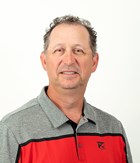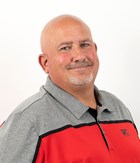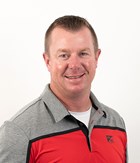Volunteer Corn Control after Vorceed Enlist or PowerCore Enlist
BY Dairyland Seed Agronomy Team
When we plant Vorceed® Enlist® and PowerCore® Enlist® products from Dairyland Seed, we get great protection against above ground pests like European and southwestern corn borer as well as fall armyworm. When we plant just Vorceed Enlist products, we not only get above ground protection we also get great protection against below ground pests like northern and western corn rootworm.
By utilizing Vorceed Enlist and PowerCore Enlist we also get tolerance to multiple herbicides including glyphosate, glufosinate, 2,4-D choline and FOP chemistries such as a Assure® II. The herbicide tolerances that Vorceed Enlist and PowerCore Enlist have offer us the freedom and flexibility to spray weeds when we want to and not when we have to.
The uniqueness of the herbicide traits that Vorceed Enlist and PowerCore Enlist offer us will necessitate a slight change in our management of volunteer corn program in soybeans. Due to the FOP chemistry tolerance, we will not achieve commercially acceptable control of volunteer corn if we use products that contain FOP chemistry such as Assure II or also Fusilade herbicides. In this instance, if we have volunteer corn, we should use herbicides that offer DIM chemistries from the Clethodim family of herbicides to achieve acceptable control.
To obtain the best control of volunteer corn, those plants should be at least 2-4 inches tall, and spray when those volunteer corn plants are actively growing. Having a quality COC adjuvant in the tank increases the volunteer corn control as well. When tank mixing a broadleaf herbicide with a grass control herbicide, we may see some erosion or lessoning of grass control. It is highly recommended that you increase your grass control product to the upper range of the volunteer corn rate, to obtain the control you want.
As always if you have questions regarding this contact your Dairyland Seed Agronomist.

Brian Weller
Western Region
507.456.3034

Dan Ritter
Central Region
219.863.0583

Chad Staudinger
Northern Region
608.220.9249

Mark Gibson
Eastern Region
260.330.8968

Amanda Goffnett
Eastern Region
989.400.3793

Ryan Mueller
Eastern Region
989.400.3793
